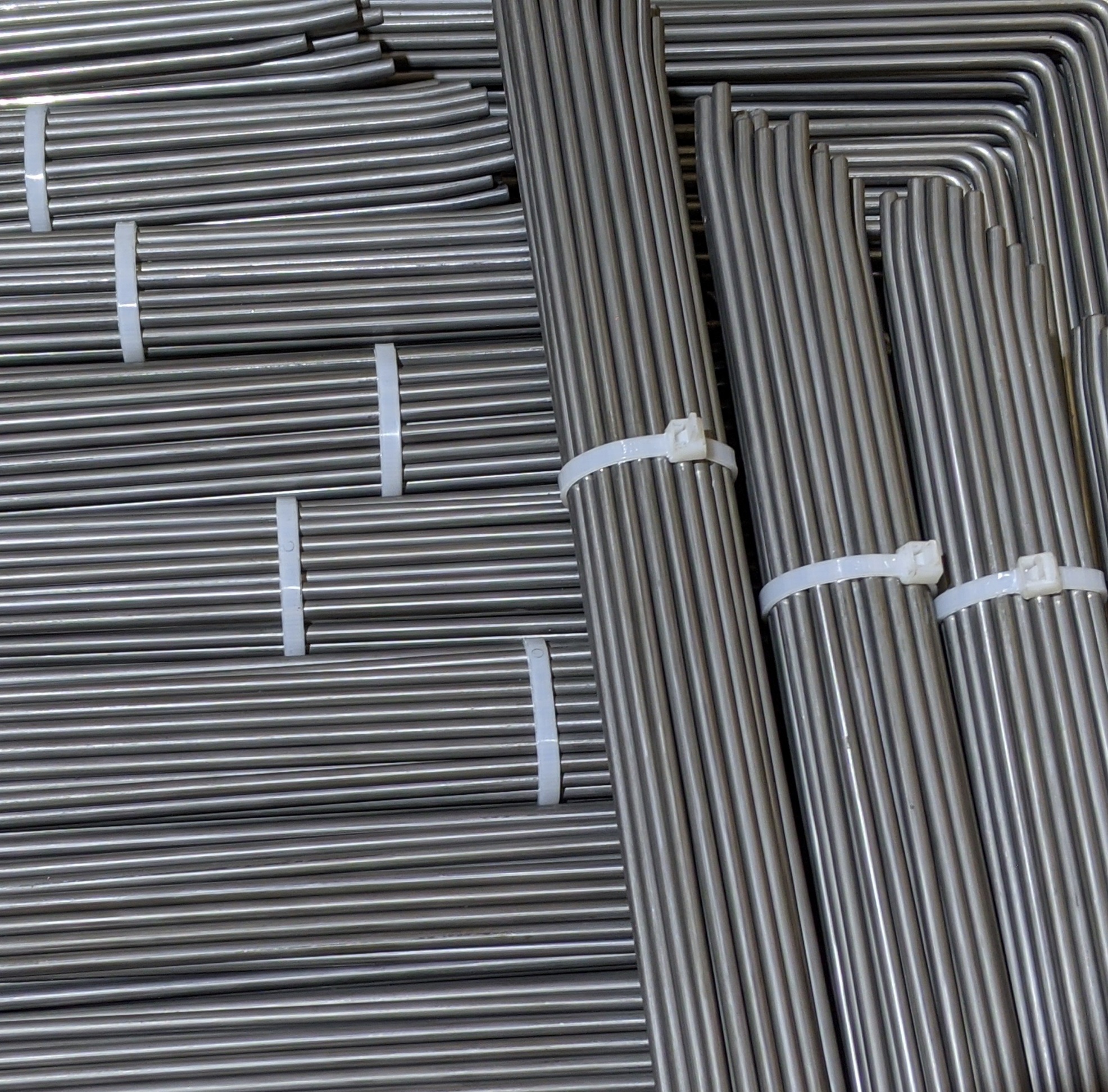Get unique, complex parts easily. No matter your requirements, Chaoyi Spring creates hard-to-produce coil springs and wire forms.
Let us help you create the custom wire form you need, from S-hooks and J-hooks to utility hooks and more.
We work closely with customers across a wide range of industries, helping them design and manufacture made-to-order parts.
Why choose Chaoyi Spring? We prioritize customer-focused collaboration, modern equipment and the latest technology to make your parts per print.
Find the information and guidance you need, from measuring a spring to learning about materials, placing an order and much more.
In the world of mechanical engineering, springs are ubiquitous, playing vital roles in countless devices and applications. From the simple act of holding a door closed to the intricate workings


In the world of mechanical engineering, springs are ubiquitous, playing vital roles in countless devices and applications. From the simple act of holding a door closed to the intricate workings of a car suspension system, springs are essential for storing and releasing energy. But not all springs are created equal. Two primary types, compression springs and tension springs, dominate the landscape, each with unique characteristics and applications.

Imagine a simple coil spring you might find in a ballpoint pen. When you press down on it, it compresses, pushing back against your finger. This is the essence of a compression spring. It's designed to absorb energy by shortening in length under a compressive force. Think of them as the stalwart guardians of your car's suspension, absorbing the shock of bumps and potholes, or the silent workhorses in a spring-loaded door closer, ensuring the door gently shuts.
Compression springs are typically characterized by their ability to withstand high loads and resist fatigue. They are often found in applications where they need to absorb impacts and vibrations, such as in machinery, automotive components, and appliances. The most common type of compression spring is the helical compression spring, but other designs exist, such as conical springs and barrel springs, each with unique properties and applications.
Now, picture a spring that you pull on, like the spring in a retractable dog leash. As you extend it, it pulls back with an increasing force. This is the essence of a tension spring. It's designed to absorb energy by stretching in length under a tensile force. Think of them as the unsung heroes of retractable pens, extending and retracting with ease, or the vital components in garage door springs, ensuring smooth and controlled operation.
Tension springs are often made from high-strength materials, ensuring they can handle the stress of being stretched. They are typically found in applications where they need to provide a constant force or act as a counterbalance, such as in door closers, garage doors, and various mechanical assemblies.
The key difference between compression and tension springs lies in the direction of their load and how they respond. Compression springs are designed to handle forces that push them together, while tension springs handle forces that pull them apart. This fundamental distinction dictates their applications and the types of stresses they can withstand.
When choosing between a compression spring and a tension spring, several factors must be considered:
While compression and tension springs are the most common types, the world of springs is incredibly diverse. There are countless other types, each with specialized characteristics and applications. Some notable examples include:
Selecting the correct type of spring for a specific application is crucial to ensuring optimal performance, safety, and longevity. The following steps can guide you in choosing the right spring:
Springs may seem like simple, unassuming components, but they play a vital role in countless aspects of our lives. From the springs that hold our car tires to the springs that power our watches, these silent heroes contribute to the functionality and efficiency of our world. Understanding the different types of springs and their unique properties allows us to appreciate their intricate workings and the essential role they play in shaping our technological landscape.
The next time you encounter a spring, take a moment to appreciate its power and versatility. Whether it's a tiny compression spring in a ballpoint pen or a massive tension spring in a garage door, these simple yet remarkable devices continue to shape our world, making it a more efficient and dynamic place.
Browse some of the custom wire forms and springs that we manufacture. Don’t see what you need? We specialize in made-to-order products that meet your application requirements.
Visit Our GalleryNeed a custom wire form or coil spring? We make it work. Fill out the contact form and a representative will respond within 1 business day. If you have a PDF or CAD file, you can submit to request a quote.